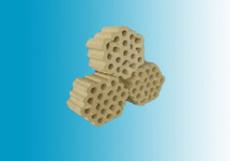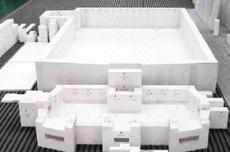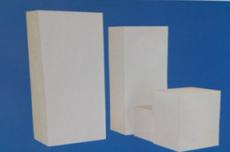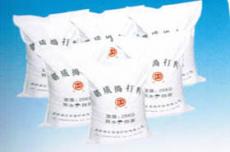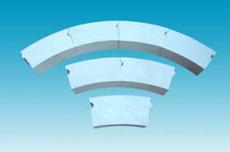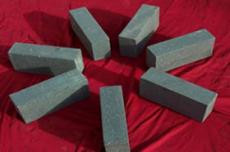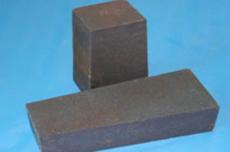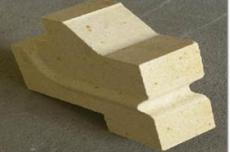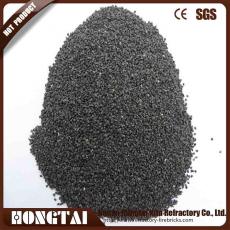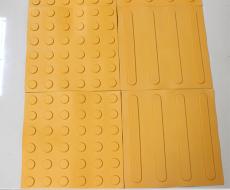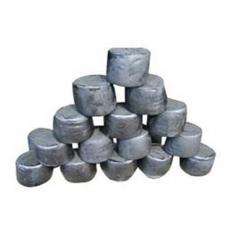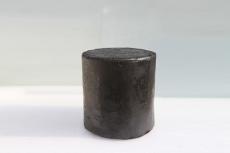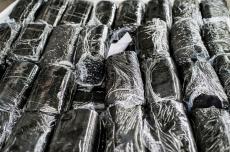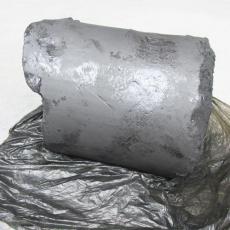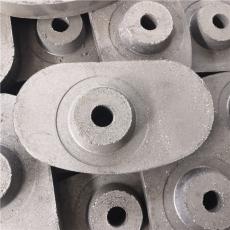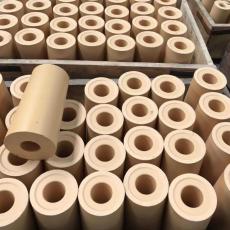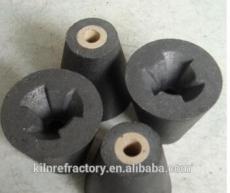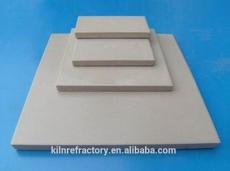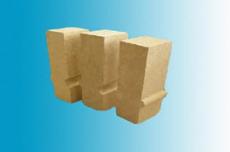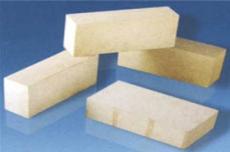
Refractory plastic is a semi-solid plastic refractory material that is applied by means of beating, vibration and extrusion. It can be classified according to the main refractory aggregate selected, the type of binder and the hardening method. It is generally composed of two refractory raw materials. The main aggregate used must have good high temperature stability (such as fused or sintered corundum and mullite, sintered bauxite and clay clinker, silicon carbide, andalusite, chrome ore, etc., the plastic material is mainly plasticized Clay-based. In order to reduce the shrinkage of the material, an appropriate amount of alumina powder can be added to replace the plastic clay or to add a swelling material such as kyanite, etc. In addition, in order to improve the plasticity and high temperature performance of the material, a small amount of additives (plasticizer) is usually added. , enhancers, preservatives, inhibitors, etc.), such as the use of phosphoric acid (salt) cementing, the use of organic acids (oxalic acid), dextrin and other additives to achieve preservation and increase plasticity, plasticity additives and wood sulphon Acid, pulp, syrup, etc. When the temperature is below zero degrees Celsius, the plastic is easy to freeze, anti-freezing measures must be taken, and the shrinkage can be compensated by selecting high-grade clay or adding suitable additives, which is the material used in many applications; The combination of clay and sulphate can be cheaper and has low temperature strength and good shrinkage stability. Phosphate-bonded plastic is a widely used plastic amorphous material, such as Al2O3-Si. O2 material, chromium oxide, silicon carbide, carbon or various refractory materials with different contents. The carbon-containing plastic can resist the wettability and erosion of molten metal and slag, and the silicon carbide plastic can have good thermal conductivity, not many Acidic and non-ferrous metals are wetted. High-aluminum plastics have good peeling resistance, high strength, good volume stability, high resistance to melting slag and molten metal. Alumina-chromium oxide plastics have good anti-oxidation iron slag And the erosion performance of cinder and acid slag, neutral slag erosion performance.
The refractory plastic is usually beaten with a rubber hammer. The thickness of the construction layer is generally 35 to 40 mm, and a hexagonal network or S-type ceramic or metal anchor is placed. If metal anchors are used, the plastic should be 30-40 mm higher than the anchor. The plastic production formula is characterized by dryness and difficulty. Therefore, in order to shorten the drying process, some 3 to 5 mm vent holes are placed around the construction body every 300 mm, and the depth is about 2/3 of the thickness of the plastic construction. In addition, the plastics of different bonding systems, The dry heating system is different, and the cognac system must be strictly controlled to avoid cracks and flaking.
The blast furnace taphole for large-scale blast furnace is made of refractory raw materials such as fused corundum, sintered bauxite and carbonaceous materials, and added with additives such as silicon carbide, silicon nitride or ferrosilicon nitride and metal powder, using coal tar or organic synthetic resin. A plastic material with special properties made of organic binder. After each tapping, the mud can be driven into the hydraulic mud gun to close it, preventing the molten iron and slag from flowing out. It is characterized by a certain amount when the mud gun is shot. Plasticity and smooth penetration into the iron mouth, has a certain ability to resist mechanical and chemical damage to avoid leakage of the iron outlet, easy to drill before tapping, strong resistance to rapid erosion to ensure that the size of the taphole does not follow the molten iron The flow erosion and erosion become larger, making the flow of molten iron and slag smooth.
